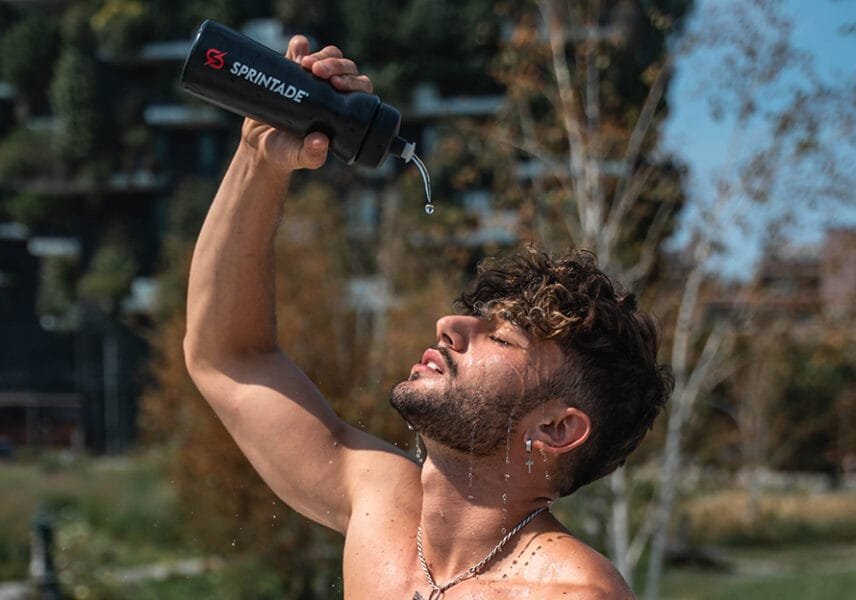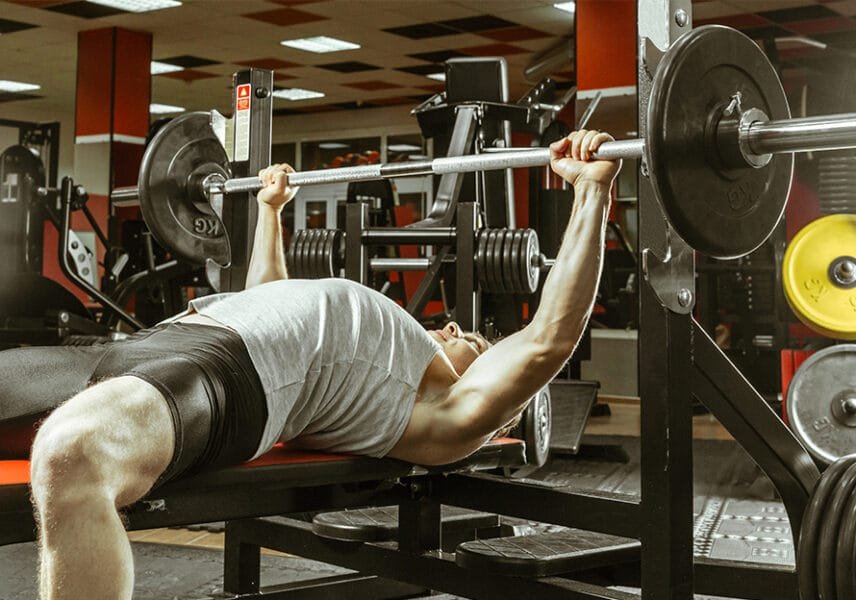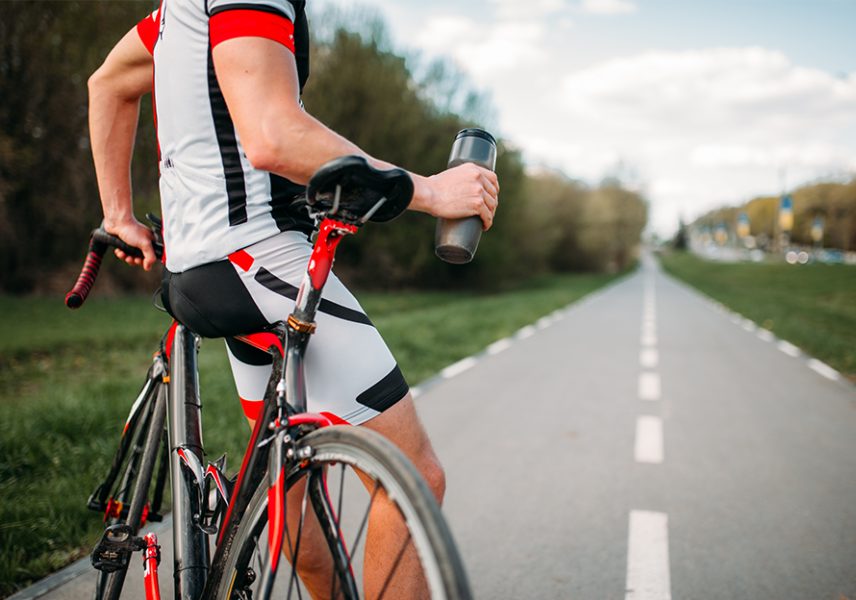Evaluating Aerobic Endurance
Aerobic capacity VO2max or, more commonly, physical endurance, is a fundamental motor skill for assessing one’s physical condition and training progress. It is the ability to maintain a prolonged exertion and to recover effectively from it. Knowing one’s endurance is crucial for developing personalised and improved training programmes.
But how to evaluate endurance scientifically and in an accessible way? There are several tests to measure maximum oxygen consumption or VO2max, some requiring sophisticated equipment such as an ergometer, while others can be performed independently with common devices such as a smartphone or fitness bracelet to monitor heart rate and distance travelled.
Before performing any test, it is important to understand that endurance depends on the efficiency of energy systems and ATP, the body’s fuel that affects the test result.
Here are three simple tests to assess endurance, recovery and fitness:
- Ljan’s test
- Cooper’s Test
- Step Test
Ljan’s Test
.
The Ljan Test is the quickest and simplest way to assess endurance and recovery. You start by measuring your resting heart rate and then run for 1 minute at a steady, moderately elevated pace. At the end of the minute, you calculate your heart rate again and repeat the measurement at one-minute intervals until you return to your resting heart rate.
Results:
- Less than 2 minutes: Excellent
- Between 2 and 3 minutes: Good
- Between 3 and 4 minutes: Insufficient
- Over 4 minutes: Poor
Cooper’s Test
One of the most popular tests for assessing endurance: it consists of running continuously for 12 minutes on level ground, keeping the heart rate between 150 and 160 per minute, and avoiding running out of energy completely. At the end of the test, the distance covered is recorded (e.g. if you run on a track, one lap is equivalent to 400 metres, otherwise you can use a fitness wristband equipped with a GPS sensor).
The Cooper’s test shows a correlation of about 90 per cent with aerobic power, i.e. the ability to sustain prolonged exertion using aerobic metabolism.
| Very good | Good | Normal range | Bad | Very bad | ||
|---|---|---|---|---|---|---|
| 13-14 | M | 2700+ m | 2400 – 2700 m | 2200 – 2399 m | 2100 – 2199 m | 2100- m |
| F | 2000+ m | 1900 – 2000 m | 1600 – 1899 m | 1500 – 1599 m | 1500- m | |
| 15-16 | M | 2800+ m | 2500 – 2800 m | 2300 – 2499 m | 2200 – 2299 m | 2200- m |
| F | 2100+ m | 2000 – 2100 m | 1900 – 1999 m | 1600 – 1699 m | 1600- m | |
| 17-20 | M | 3000+ m | 2700 – 3000 m | 2500 – 2699 m | 2300 – 2499 m | 2300- m |
| F | 2300+ m | 2100 – 2300 m | 1800 – 2099 m | 1700 – 1799 m | 1700- m |
| Very good | Good | Normal range | Bad | Very bad | ||
|---|---|---|---|---|---|---|
| 20-29 | M | 2800+ m | 2400 – 2800 m | 2200 – 2399 m | 1600 – 2199 m | 1600- m |
| F | 2700+ m | 2200 – 2700 m | 1800 – 2199 m | 1500 – 1799 m | 1500- m | |
| 30-39 | M | 2700+ m | 2300 – 2700 m | 1900 – 2299 m | 1500 – 1899 m | 1500- m |
| F | 2500+ m | 2000 – 2500 m | 1700 – 1999 m | 1400 – 1699 m | 1400- m | |
| 40-49 | M | 2500+ m | 2100 – 2500 m | 1700 – 2099 m | 1400 – 1699 m | 1400- m |
| F | 2300+ m | 1900 – 2300 m | 1500 – 1899 m | 1200 – 1499 m | 1200- m | |
| 50+ | M | 2400+ m | 2000 – 2400 m | 1600 – 1999 m | 1300 – 1599 m | 1300- m |
| F | 2200+ m | 1700 – 2200 m | 1400 – 1699 m | 1100 – 1399 m | 1100- m |
| Very good | Good | Normal range | Bad | Very bad | |
|---|---|---|---|---|---|
| M | 3700+ m | 3400 – 3700 m | 3100 – 3399 m | 2800 – 3099 m | 2800- m |
| F | 3000+ m | 2700 – 3000 m | 2400 – 2699 m | 2100 – 2399 m | 2100- m |
Step Test or Iri Test
Another widely known test among those with a history of sporting activity is the cube test, also known as the Iri Test. This consists of continuously ascending and descending for 3 minutes from a cube, or step, ranging in height from 30 cm (for individuals under 160 cm tall) to 50 cm (for males over 160 cm tall). It is commonly used in medical examinations to assess sports fitness and measures the speed of post-exercise recovery, which is an indicator of overall fitness.
Invented at Harvard, this test involves stepping up and down on the cube by alternating feet, first with one and then the other, and then repeating the action by reversing the order of foot placement.
After completion of the test, the heart rate is counted every 1-1.5 minutes and rated according to the index in the table below:
- Low: over 130 beats per minute
- Medium: 82 to 129 beats per minute
- Good: below 81 beats per minute
 05/03/24
05/03/24 4
4





